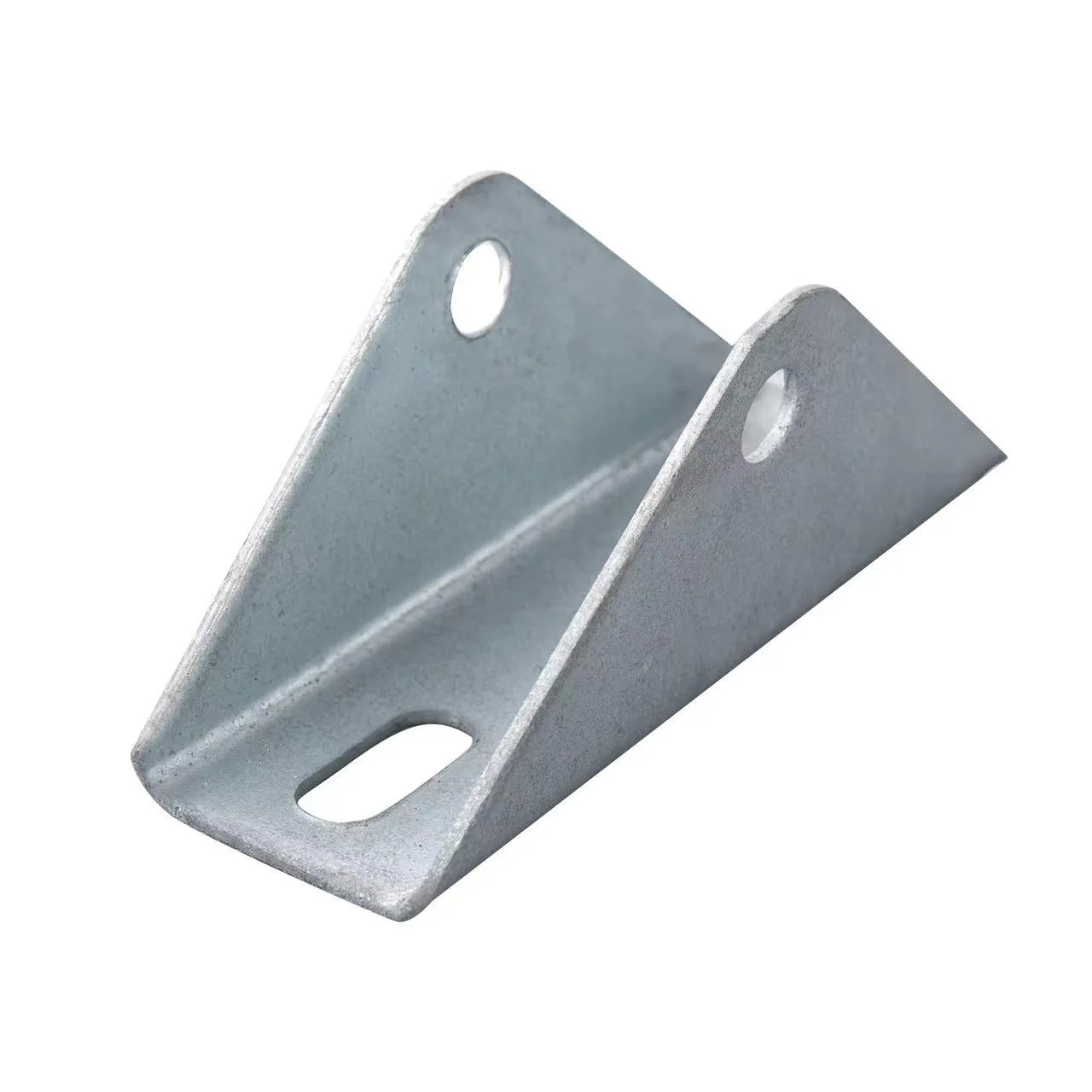

Understanding the Properties and Applications of ASTM A36 Anchor Bolts in Construction Projects
Ago . 14, 2024 16:45 Back to list
Understanding the Properties and Applications of ASTM A36 Anchor Bolts in Construction Projects
Understanding Anchor Bolts ASTM A36 Specification
Anchor bolts are critical components in construction and engineering, serving as crucial fasteners that secure structures to their foundations. They provide stability, especially in applications subjected to dynamic loads, such as seismic forces or wind loads. One of the most commonly used materials for anchor bolts is ASTM A36 steel, a standard specification established by ASTM International.
What is ASTM A36?
ASTM A36 is a standard specification for carbon structural steel that is widely used in various construction applications. It is characterized by its minimum yield strength of 36,000 psi, making it suitable for a range of structural applications, including bridges, buildings, and pipelines. The A36 standard covers various forms of steel products, including plates, shapes, and bars, which can be manufactured into anchor bolts.
Properties of ASTM A36 Steel
The main properties of ASTM A36 steel that make it ideal for anchor bolts include its excellent weldability, ductility, and tensile strength. The steel has a low carbon content, which contributes to its strength characteristics while maintaining sufficient ductility. This allows the anchor bolts to withstand high stresses without failing or fracturing. Furthermore, A36 steel can be heat-treated to harden its surface, enhancing its overall strength even further.
The chemical composition of ASTM A36 steel generally includes the following elements
- Carbon (C) Up to 0.26% - Manganese (Mn) 0.60% to 0.90% - Phosphorus (P) Maximum 0.04% - Sulfur (S) Maximum 0.05% These guidelines ensure that anchor bolts made of ASTM A36 steel meet the necessary standards for structural applications.
Applications of Anchor Bolts
Anchor bolts made from ASTM A36 are utilized in various applications, such as
anchor bolt astm a36

1. Construction Projects These bolts are often employed to secure structural steel frames to concrete foundations. They ensure that the structure remains stable, resisting forces from wind, earthquakes, and other environmental impacts.
2. Industrial Machinery In factory settings, anchor bolts hold large machines in place, preventing movement during operation and ensuring safety.
3. Towers and Poles Whether for telecommunications or utility poles, anchor bolts provide the necessary support and stability for these vertical structures.
4. Bridges A36 anchor bolts are crucial in bridge construction, helping to secure various components and ensure structural integrity.
Design Considerations
When designing anchor bolts, engineers must consider several factors, including the load conditions (tension, shear, or both), environmental exposure (corrosion resistance), and the installation method. Corrosion protection, such as galvanization or the use of protective coatings, is often necessary to prolong the life of anchor bolts, especially in harsh environments.
The design and installation of anchor bolts must adhere to the relevant building codes and standards, including proper sizing and spacing based on the specific loads expected during the service life of the structure.
Conclusion
In summary, ASTM A36 anchor bolts are vital components that enhance the stability and safety of various structures across numerous industries. Their excellent mechanical properties, including sufficient strength and ductility, along with their versatility, make them an ideal choice for many construction applications. Understanding the specifications and applications of these bolts is crucial for engineers and builders aiming to ensure the longevity and safety of their projects.
Latest news
-
Hot Dip Galvanized Bolts-About LongZe|High Strength, Corrosion Resistance
NewsJul.30,2025
-
High-Strength Hot Dip Galvanized Bolts - Hebei Longze | Corrosion Resistance, Customization
NewsJul.30,2025
-
Hot Dip Galvanized Bolts-Hebei Longze|Corrosion Resistance&High Strength
NewsJul.30,2025
-
High-Strength Hot-Dip Galvanized Bolts-Hebei Longze|Corrosion Resistance&High Strength
NewsJul.30,2025
-
Hot Dip Galvanized Bolts-Hebei Longze|Corrosion Resistance&High Strength
NewsJul.30,2025
-
Hot Dip Galvanized Bolts - Hebei Longze | Corrosion Resistance, High Strength
NewsJul.30,2025

